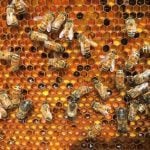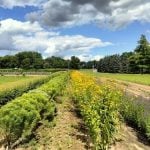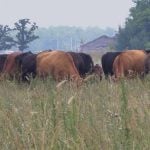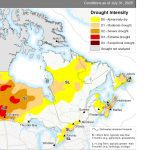RED DEER – Producers could find manure application more complicated if application rates switch to a phosphorous ratio from nitrogen.
“As we move to a phosphorous based approach, we will most likely apply lower (manure) rates to the land,” said Barry Olson of the Alberta Agriculture irrigation division in Lethbridge.
He said research is under way to come up with acceptable limits of phosphorous on farmland.
Manure applications on land are now based on nitrogen level and its effects on ground water. Nitrogen moves to the root zones. However, phosphorous stays closer to the soil surface making it more susceptible to being carried away in runoff, which could pollute surface water.
Read Also
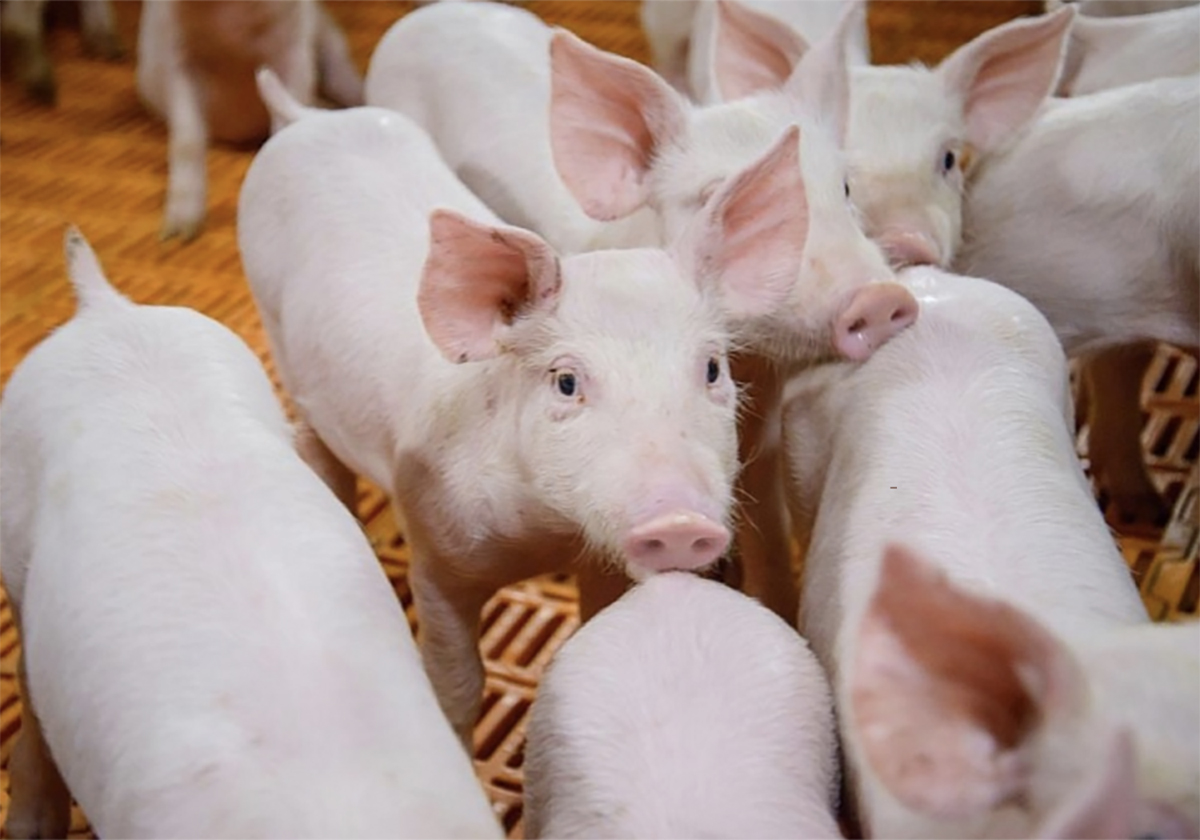
The Western Producer Livestock Report – August 28, 2025
Western Producer Livestock Report for August 28, 2025. See U.S. & Canadian hog prices, Canadian bison & lamb market data and sales insights.
Researchers know phosphorous levels in Alberta streams have increased in proportion to increased livestock activity in a region. As well, they know that if regulations governing application rates become based on how much phosphorous the soil is capable of supporting, producers will require a larger land base for manure applications.
Phosphorous accumulates rapidly, while nitrogen is used more quickly by soil organic matter.
Soil tests could show a phosphorous overload from manure while nitrogen levels show as deficient. In such cases, extra nitrogen fertilizer might have to be added.
Forcing producers to spread their manure over a larger land base means additional costs to transport and spread it.
“It might be an artificial roadblock,” Olson said. “There is a bit of a paradox. You can transport feed, fertilizer, live animals, carcasses and processed food across the country, where you can hardly transport manure beyond the farmgate,” he said.
“We need to look at that in terms of economics to make this happen,” he said during an agronomy update session in Red Deer Jan. 13.
Researchers are also exploring adjustments to livestock feed to reduce phosphorous emissions.
As well, manure processing to reduce volume is under study using composting, liquid-solid separation systems or biogas production.











